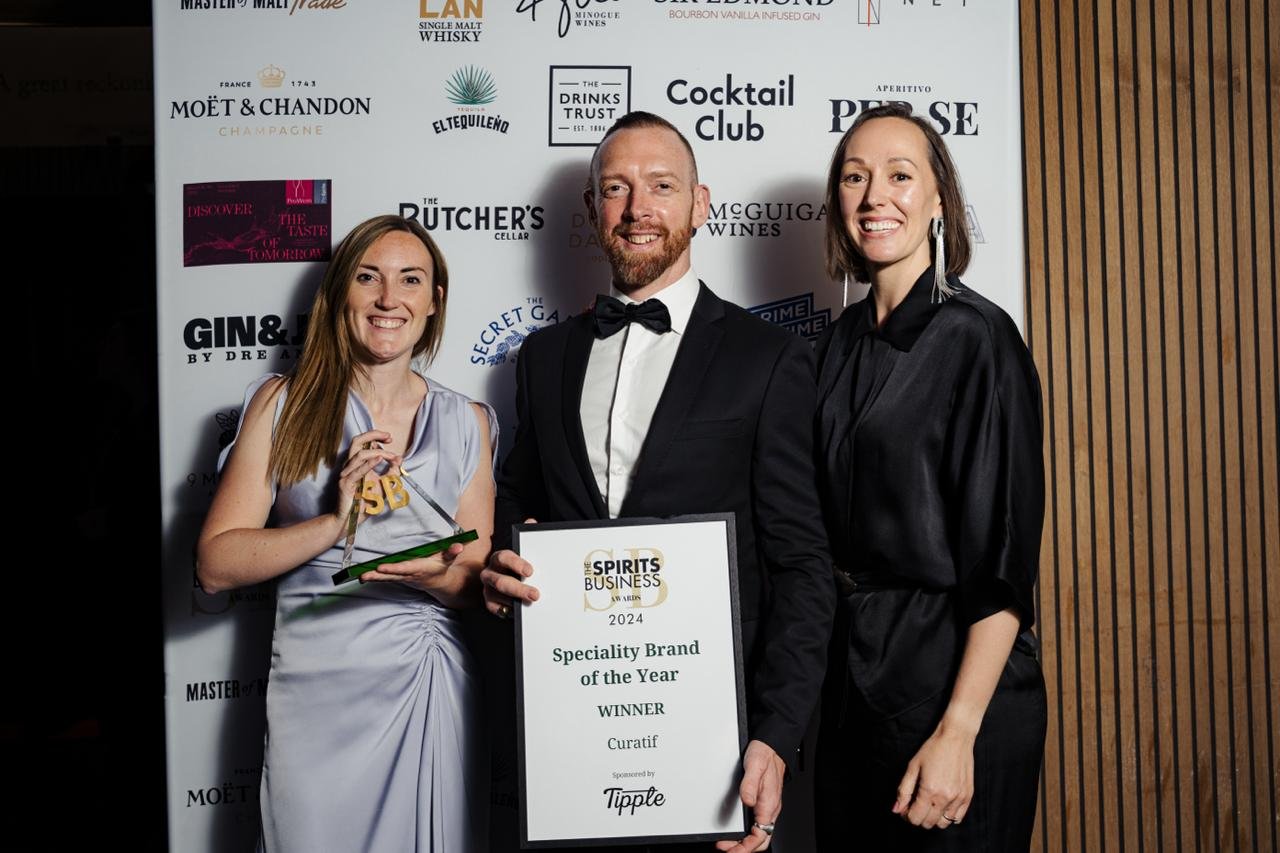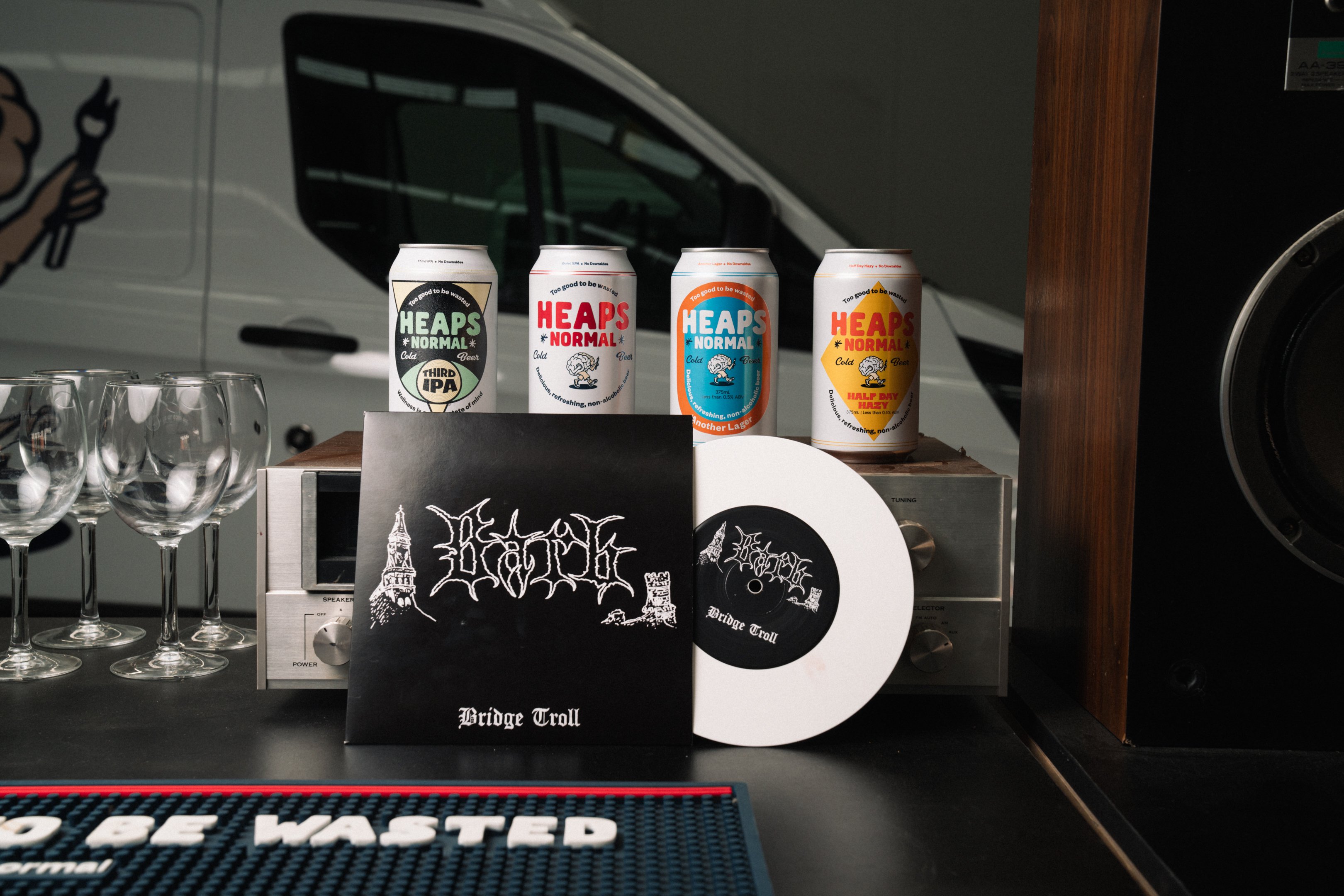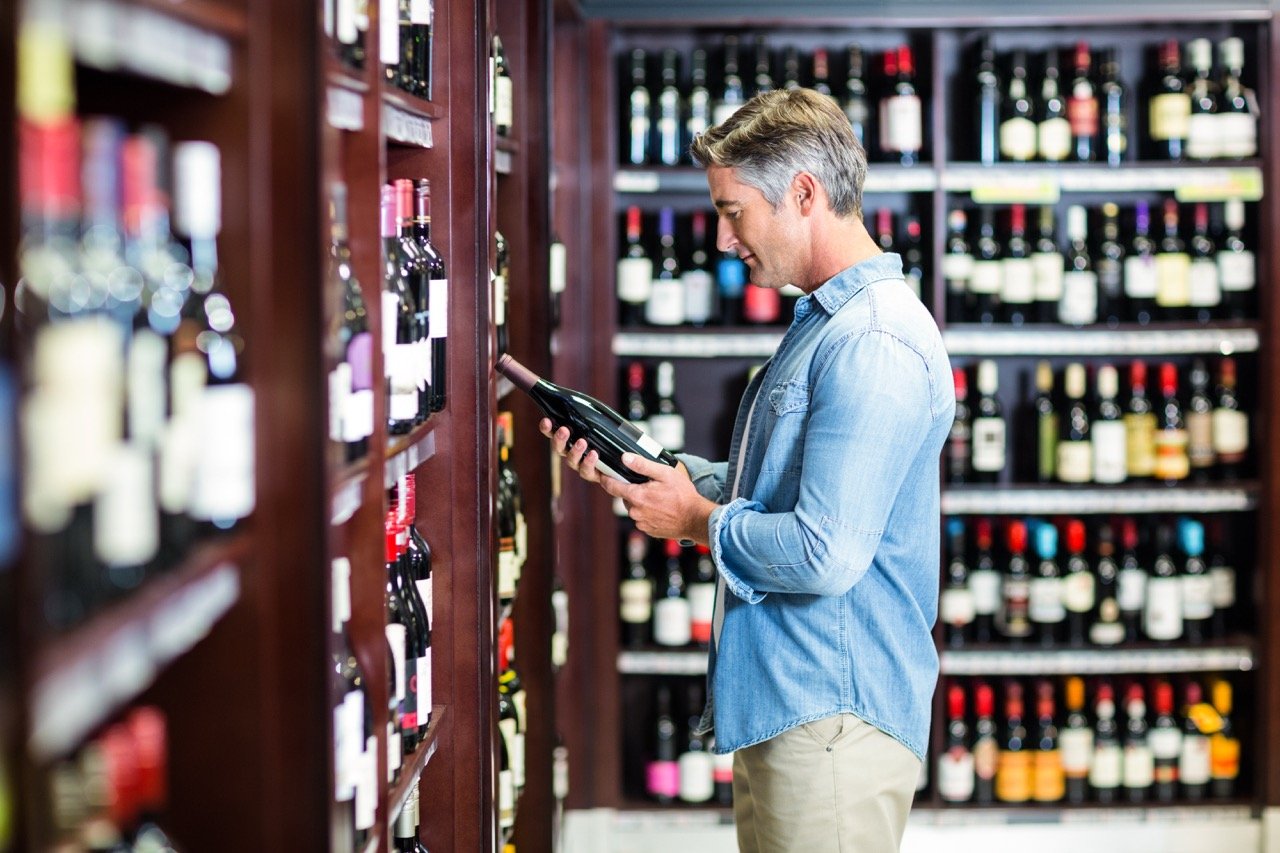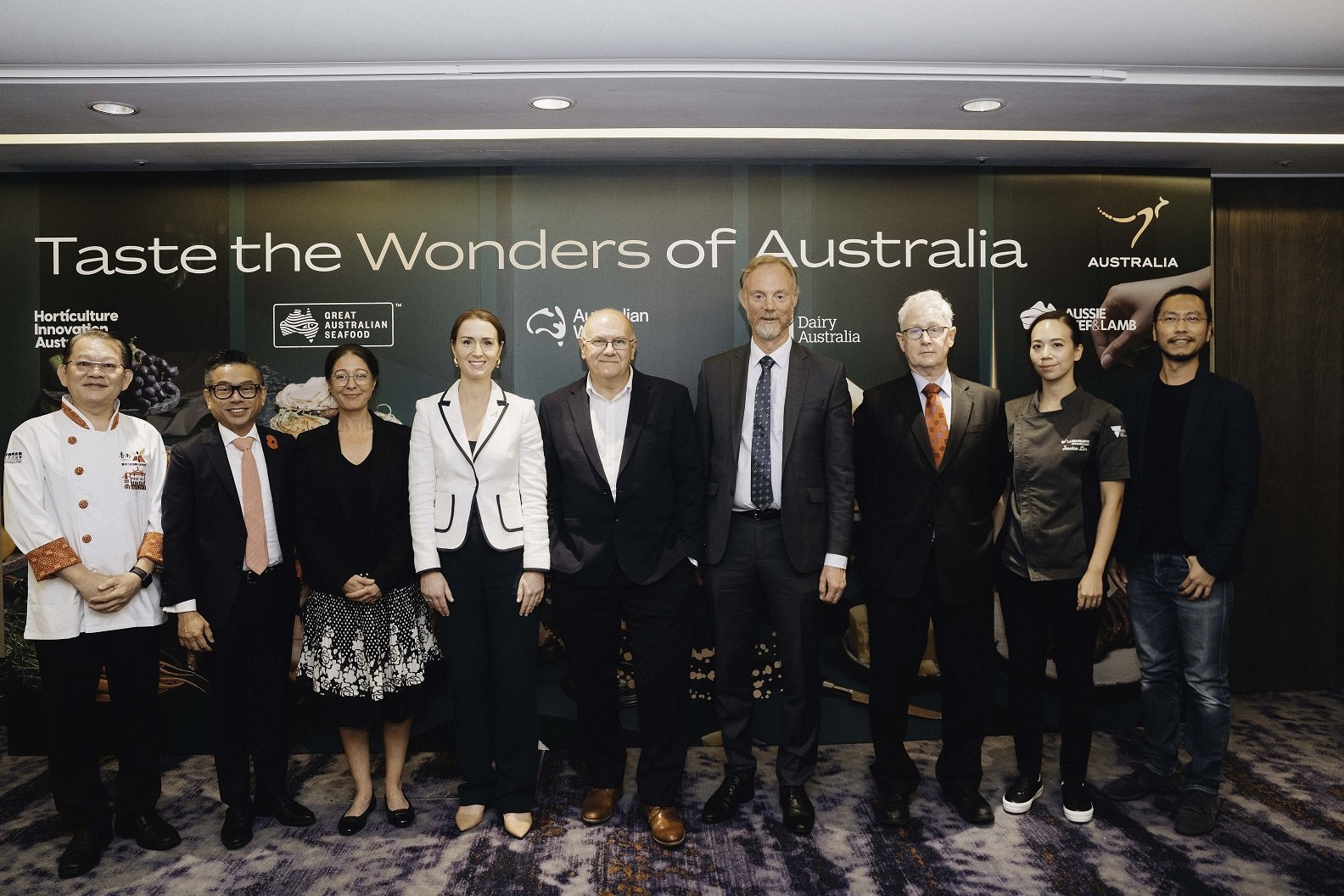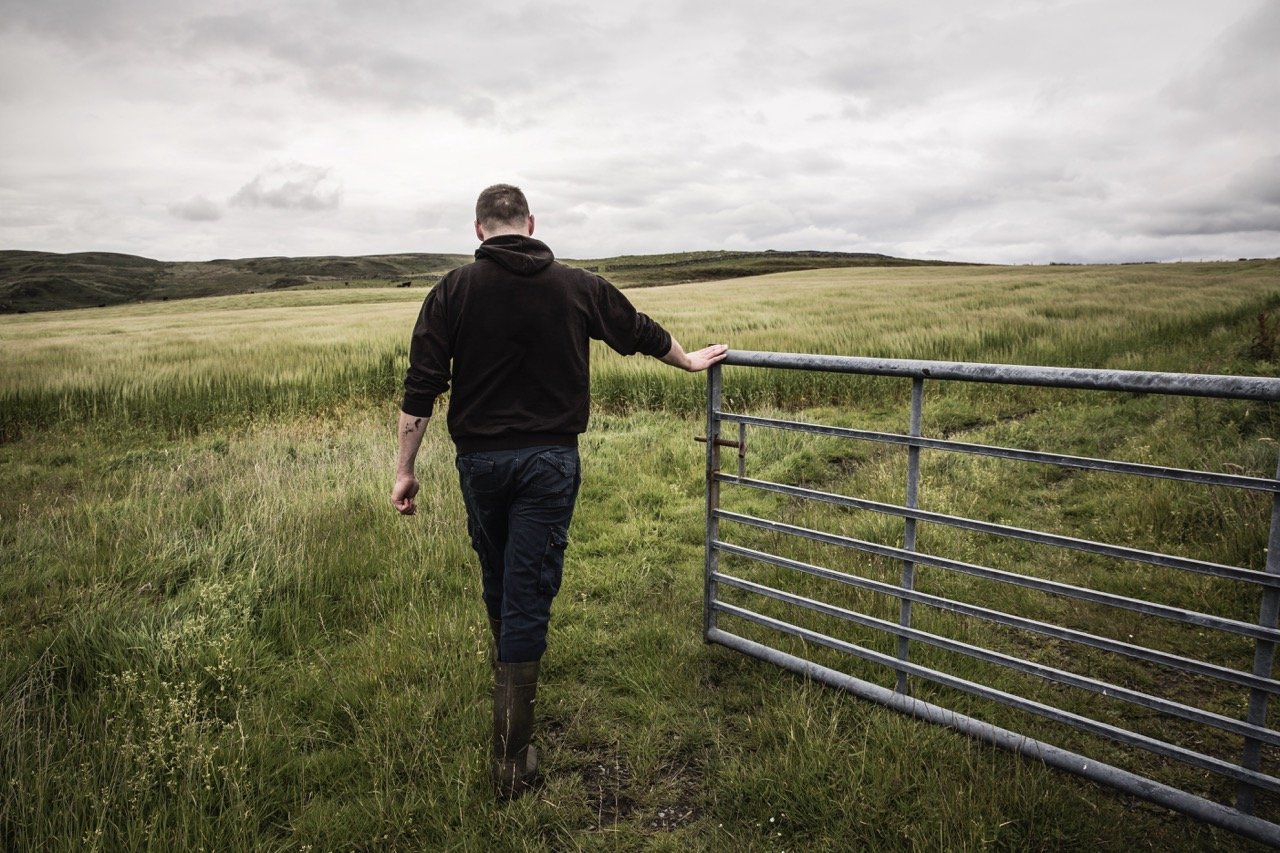Alcohol Beverages Australia (ABA) is calling on government and the industry to partner together in order to grow the alcohol industry, build prosperity, regional economies and jobs over the next ten years.
In a first for Australia, the ABA commissioned KPMG to facilitate industry wide consultation to get a clear picture of the alcohol industry. With this as a starting point and using reliable data, the organisation then developed a vision for 2030 encompassing the growth, polices and investment needed to for the industry to thrive.
ABA CEO, Andrew Wilsmore said: “This is an industry that touches every part of Australia yet no one has ever truly measured its worth. We set out to fix that and in dong so set ourselves some achievable goals to show what we could do to supercharge it over the next decade."
Deloitte Access Economics puts the value delivered to the Australian economy by the alcohol industry at $52 billion per annum. It also cites that the industry generates 485,000 jobs, both direct and indirect, $3.6 billion in exports and pays $9.3 billion each year in excise, WET and GST.
The ABA's Vision 2030 is a ten year plan for growth that includes strategies to drive jobs, exports, tourism, technology, better environmental outcomes and safer, thriving communities.
Wilsmore said, “With the right policy settings by government and the cooperation of everyone across the value chain we can supercharge the future for this industry from where it starts in the paddock to where it ends in the hands of a consumer."
The Vision 2030 policy document identifies six key drivers to building the industry’s potential over the next ten years:
- jobs
- exports
- tourism
- red tape reduction
- technology and innovation
- social and environmental responsibility.
JOBS
Deloitte’s modelling suggests an extra 48,000 jobs can be created, many in regional Australia in agriculture and tourism, supporting a workforce across a wide range of careers, from viticulture and hospitality through to manufacturing and management.
EXPORTS
Vision 2030 sets ambitions for international trade of wines, spirits and beer to double to $8.6 billion, achievable if barriers are reduced for new and current exports markets and new support bodies for smaller producers are created.
It says wine exports will continue to lead, but that Australia's distinctive craft distillery products – already valued the world over – can deliver a similar trajectory to what wine export growth did starting back in the 1970s.
In 2020, Australia had nearly 300 distilleries (versus 30 in 2010), and 700 breweries (versus 70 in 2010) providing a rich basis for export growth.
TOURISM
Almost 7.5 million overnight trips in Australia last year involved a visit to a winery, brewery or micro distillery.
Domestic and international spending by tourists on food and drinks has the potential to grow by more than $10 billion by 2030 with that increase going straight to the regional community economies through jobs and by improving infrastructure to make the regions attractive locations to live, work and visit.
The ABA says that to realise this growth partnerships with state and federal tourism authorities, and continued promotion for Australians to travel within Australia are essential elements/
RED TAPE REDUCTION
Australia is home to one of the world’s most highly regulated liquor markets, and producers pay some of the world’s highest taxes on spirits, beer and wine. Vision 2030 includes some important policy change recommendations.
“Red tape stifles innovation and job creation in our businesses, especially so in small and medium enterprises,” said Mr Wilsmore. “The ATO could assist by reviewing the remittance time frames for alcohol taxes and help free up working capital.
It also suggests another simple fix would be to unify Responsible Service of Alcohol certification nationally.
DRIVING TECHNOLOGY & INNOVATION
The report says that technology and sustainability will be a key focus of the next ten years, with the industry investigating the use of blockchain technology to protect the provenance of its products and seeking the assistance of Government-sponsored R&D to help Australian alcohol beverage producers compete with the best in the world on cost and quality.
“We aim to also be world leaders in environmental issues with investment strategies focused on sustainable practices, from renewable energy to packaging sustainability and innovative ways to manage waste,” noted Mr Wilsmore, “We acknowledge our social responsibility to play a leadership role in developing a true circular economy.”
SOCIAL AND ENVIRONMENTAL RESPONSIBILITY
Vision 2030 acknowledges that an ambitious future plan must be backed up by a credible commitment to environmental and social responsibility. It notes that alcohol beverage producers are individually investing in renewable energy, sustainable packaging, waste management and achieving the goal of genuine circular economy.
The plan also supports highly targeted interventions to address harm or misuse for those who need it most and also calls on the states to follow the lead of New South Wales and build data collection agencies to provide better knowledge and consistency around the reporting of alcohol related assaults and hospital admissions.
“Australia’s drinking culture has changed,” noted Mr Wilsmore, “People are consuming less alcohol now than they were 50 years ago, and they’re doing it more responsibly with moderation the new normal. Vision 2030 wants to build on this trend, which means creating innovative higher value products, pursuing new markets, and changing how the industry can deliver on jobs and policies so that Australia can thrive.”
Share the content



